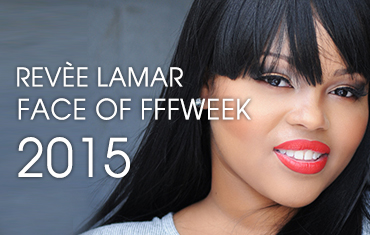I attended a runway show at New York Fashion Week this year, and I managed to get a very good seat—in the front row, right where the models made their turns. As is often the case in fashion, the best part was not whereI was sitting but with whom: two of the biggest players in the industry—the editor-in-chief of the leading magazine and a colleague, a former model.
Show time: the lights went up, and a model sashayed onto the runway in something that resembled Miami club wear, by way of an ashram. She wore black platform heels and short white harem pants with a white tailored draped top. A crackle of flashes came from the photographers. The clothes seemed to be a success. At a black-and-white wool herringbone suit, the editor exclaimed, “Yes! I love that!”
Then a model came down the runway wearing a skintight leopard-print dress with a V neck and a scandalously high slit up the front. There were gasps from the audience as the model narrowed her eyes and strutted toward us. The editor whispered, “That is an air-your-coochie dress!”
“Don’t look up!” the editor’s colleague joked, as the model pivoted on the runway.
This scene did not take place at Mercedes-Benz Fashion Week, where coochie jokes are about as common as last season’s sweatpants. I was at Full Figured Fashion Week, an independent event held this summer, in downtown Manhattan, to showcase plus-size clothes—14 and above. The editor-in-chief was Madeline Jones, of the magazine PLUS Model—an online-only magazine that is sometimes described as the Vogue of the industry—and her companion was Alexandra Boos, a former plus-size model who now runs the “curvy” division of TRUE Model Management and is the marketing and creative director for PLUS Model. For anyone accustomed to navigating the anxious crowds at uptown Fashion Week, Full Figured Fashion Week can feel like passing from a land of famine into one of plenty. The guests are more racially diverse—there were plenty of white people, but much of the crowd was African-American and Latino—and they come in every shape and size: short women with slim waists and enormous breasts, tall women with narrow shoulders and thick torsos, round women, pear-shaped women, and a few mesmerized men. The atmosphere is celebratory, rather than cutthroat. There were snacks, and buoyant music was playing. People referred to the “plus community,” and they wore T-shirts with slogans such as “Thick Girls Do It Better.”










